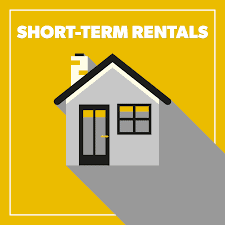The rise of short-term rentals has brought both opportunities and challenges to our community. While homeowners have found an additional income stream, the town is grappling with issues like housing availability, workforce accommodation, and parking. A recent community meeting highlighted these concerns and the need for a balanced approach.
Accurate inventory of available housing is a pressing issue. The debate centers on whether to set a cap on the number of short-term rentals or define it as a percentage of total housing. This decision has far-reaching implications for both tourists and local residents. The council is considering using data from a buildable land map to make informed decisions, a step that could set a precedent for other communities.
Workforce housing has been a long-standing issue, even before the advent of platforms like Airbnb. The market rate for housing has always favored vacation rentals over affordable options for local workers. This imbalance threatens the community’s sustainability, as essential workers find it increasingly difficult to live in the area they serve. The council is exploring ways to ensure that housing policies are equitable and sustainable.
Parking has also emerged as a significant concern. Most complaints about short-term rentals relate to parking issues. As more tourists come to town, the strain on parking infrastructure is becoming increasingly evident. The council is considering various measures, including stricter parking regulations for short-term rentals and possibly even a review of all parking-related complaints at the end of the year.
To address these issues, the council is taking a multi-pronged approach. They plan to use buildable land maps for data-driven decision-making and make a short-term rental map publicly available, updated monthly. Open dialogues with community members will continue to draft proposals on caps and percentages for short-term rentals. The council is also streamlining the complaint process through an online form to better manage and resolve issues like parking. Finally, policy options are being explored to balance the needs for both short-term and long-term housing, ensuring that essential workers are not priced out of the community.
By taking these steps, the council aims to create a sustainable future for all residents. As these discussions continue, other communities facing similar challenges would do well to take note. Watch the full discussion below:


